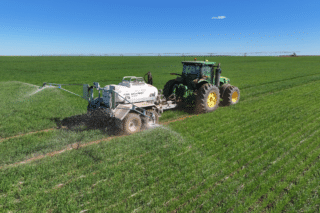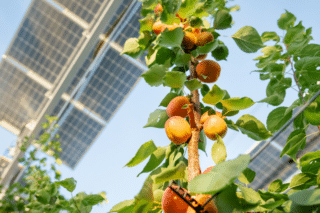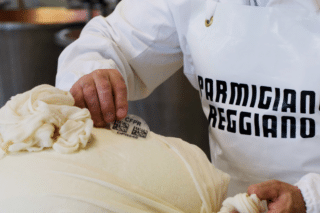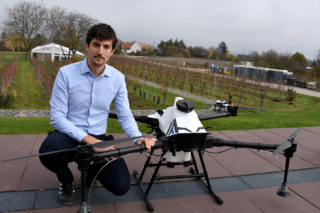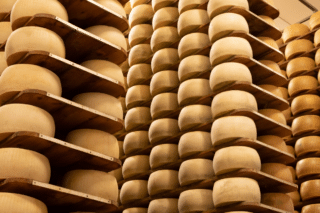Various smart technologies are being developed to increase farming efficiency, with a heavy focus on automated machines and GPS guidance.
Case IH, which provides innovative solutions for agribusiness, recently introduced an automated concept tractor in the US. The prototype driverless tractor was developed in a bid to “rethink productivity” and increase efficiency.
Autonomous Farming
Rob Zemenchik, from Case IH Global Marketing explains:
The Case IH cableless tractor represents the ultimate expression of autonomous technology. This concept vehicle introduces a suite of new technologies, many of which will boost production efficiencies. Producers readily see potential for how such a solution could contribute to more timely field task completion, which is critical for increased crop yields.
A fully interactive interface provides remote monitoring of pre-programmed operations, such as tillage depth control. The onboard system automatically accounts for implementing width and plots the most efficient paths as a function of terrain, obstructions, and other machines operating in the same field.
As the tractor advances, a remote operator can supervise and adjust trajectories via a desktop computer or tablet. The vehicle can detect stationary and moving obstacles in its path using radar, LIDAR (light imaging, detection, and ranging), and onboard video cameras. This will cause it to stop and send audio and visual alerts to the operator, who can assign it a new path.
Loss of the GPS signal or pressing the manual stop button will also bring it to an immediate halt. Jobs assigned to the tractor can be changed remotely in response to weather warnings. For example, if it starts to rain where the tractor is spraying pesticides, the tractor can work in a different field.
Replacing the Tractor
Danish company Agrointelli wants to go further, removing the tractor from the field altogether. They developed Robotti, a modular implement carrier that can carry 750 kg, 150 kg above its own weight. It is destined for use in row crop farming.
Company CEO Ole Green said:
Each unit can have a track width of up to four meters for implements and can have an extra engine fitted to control power take-off machinery, such as a sprayer or rotavator. Currently, the unit can run for 7 hours nonstop. EU regulations stipulate that these driverless vehicles must be monitored from a distance in case they need to be stopped manually, but they are mostly controlled from the farm computer or a mobile app from one kilometer away. They are four wheel drive so they can work on any terrain.
Further development work is already underway to enable the robots to spray pesticides, carry out rotavator work and potentially even harvest crops.
Although still a prototype, Robotti goes to full launch in the spring of 2017. The cost of the small unit is 61,300 euros.
Help from the Sky
Farmers often stare at the sky, hoping for rain to water their crops. But when farmers 2.0 look to the heavens, they’re probably longing for help from a satellite. Irish company Sixty-5 developed Grass-Guide, a GPS system that guides farmers spreading fertilizer or pesticides to eliminate overlaps and missed areas. The company says GPS use could save up to 15% on fertilizer costs.
The tractor operator simply enters the implement width—the software does the rest. Grass-Guide displays the coverage map, guidelines and the path the operator should follow, eliminating the need for either A-B lines or a light-bar.
Built on an Android platform, the system includes a seven inch Samsung tablet. Grass-Guide uses the latest NovAtel GPS/Glonass Agstar satellite receiver. The unit has a simple magnet mount, but is supplied with a mounting plate for tractors with non-metal cabs. The tablet links to the receiver via Bluetooth, and a GPS output is also available to connect to modern implements like fertilizer sowers.
At the end of the operation, the treatment map is sent to a dedicated online cloud portal for later management and traceability.
John Arrell, CEO of Sixty-5 Technologies said:
Farmers who invest in our Grass-Guide solution can increase their efficiency with an entry-level product that alleviates the constant pressure to complete weather-dependent jobs in good time, to save on inputs such as fertilizer and to record what’s been done for legislative and consumer-driven traceability.






